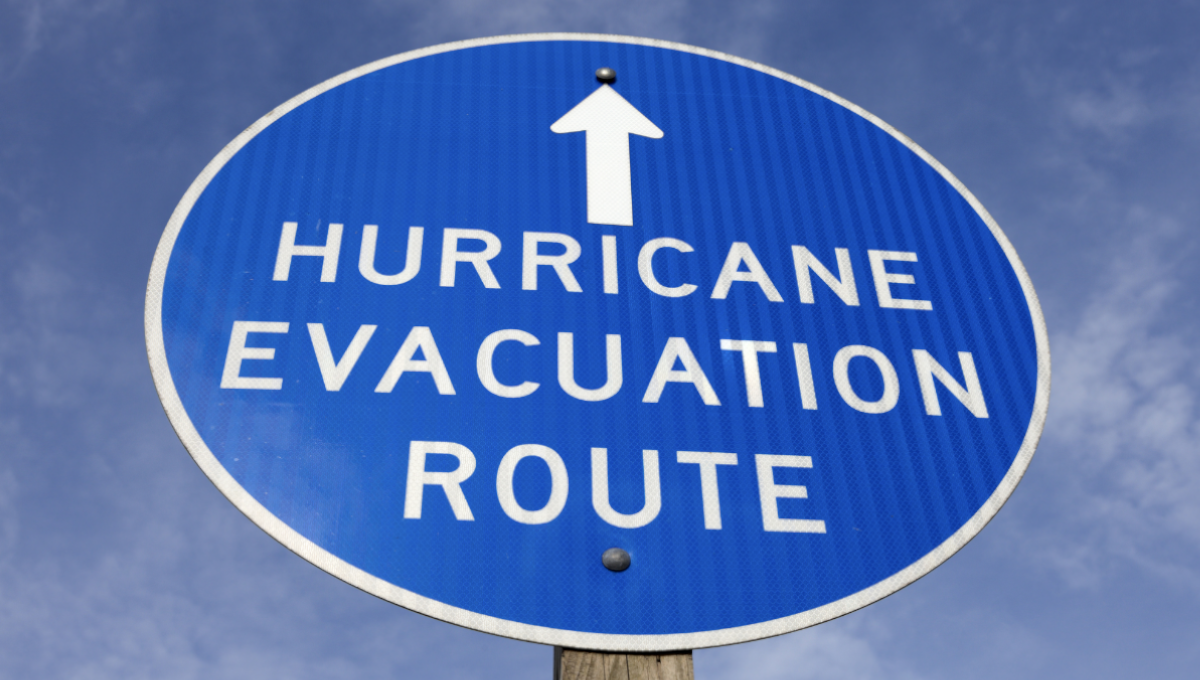While West Virginia is suffering from devastating flooding, Florida, Georgia, and the southeast coast are dealing with Hurricane Idalia and its aftermath. In emergency situations like this, it’s important to remember vital food safety practices to keep a bad situation from getting worse.
Hurricane Idalia looms over florida
As Hurricane Idalia intensified moves through Florida and up the U.S. coast, residents are on high alert.
Tropical Storm Idalia rapidly transformed into a Category 3 hurricane. Life-threatening storm surges and dangerous winds have swept through various parts of Florida and forecasters predict it will continue up the coast.
West Virginia suffers from unrelenting flooding
As Florida prepared for Hurricane Idalia, West Virginia grappled with the aftermath of excessive rainfall, leading to widespread flooding. Gov. Jim Justice declared a State of Emergency for Kanawha, Braxton, Calhoun, Clay, and Roane counties. The torrential rains have inflicted damage upon homes, bridges, and roads in these regions.
Gov. Justice’s statement can be found here.
Ensuring food safety amidst the chaos
With both regions facing unique challenges, ensuring food safety during and after these catastrophic events remains a top priority. The U.S. Food and Drug Administration and other organizations provide crucial guidelines for residents to safeguard their food and health.
Before a storm hits:
- Elevate refrigerators and freezers off the ground using cement blocks.
- Move canned goods and foods from basements or low cabinets to higher areas.
Food safety after flooding:
- Use bottled drinking water that hasn’t come into contact with floodwater.
- Discard any food that may have been exposed to floodwater, particularly if not in waterproof containers.
- Inspect canned foods for damage, and discard damaged cans.
- Thoroughly wash and sanitize metal pans, dishes, and utensils using a chlorine bleach solution.
During power outages:
- Keep refrigerator and freezer doors closed to maintain safe temperatures.
- Use ice packs, coolers, and frozen containers of water or gel packs to preserve food freshness.
After power restoration:
- Check refrigerator and freezer temperatures; follow guidelines for safe food storage.
- Discard perishable foods that have been at temperatures above 40 degrees F for 4 hours or more.
- Refreeze frozen food if temperature remains at 40 degrees F or below.
Farmers’ concerns and resources:
- For farmers, these weather events pose serious risks to their crops. The FDA provides guidance on assessing potential damage to food crops affected by floods. If edible portions of crops are exposed to contaminated floodwaters, they’re considered adulterated and unsuitable for human consumption. Farmers are advised to evaluate the safety of crops on a case-by-case basis for potential food safety concerns.
Both West Virginia and Florida are currently marshaling resources, emergency teams, and relief efforts to aid affected residents. By following these essential food safety tips, individuals can better protect themselves and their families during these trying times. For more information, residents can access resources provided by local health departments and relevant agencies, or contact the USDA Meat and Poultry Hotline at 888-MPHotline.
Stay safe, stay informed, and stay prepared as these natural disasters unfold.
(To sign up for a free subscription to Food Safety News, click here.)

